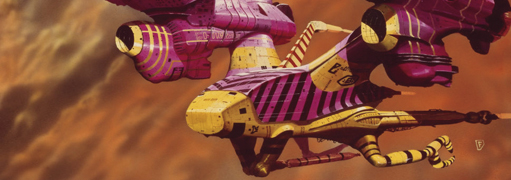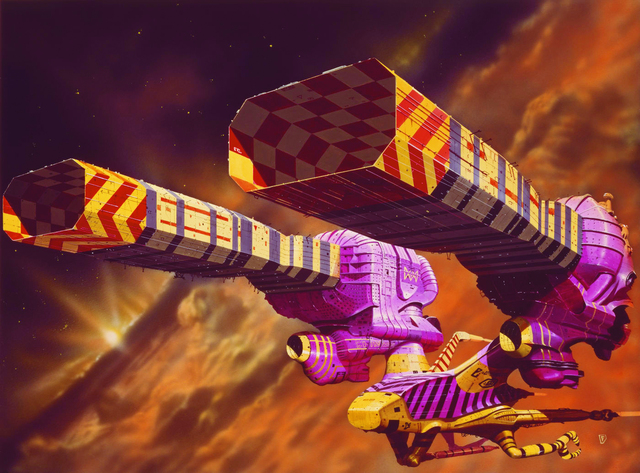Film Review: Jodorowsky’s Dune
Surrealist Filmmaker’s Long-Lost Masterpiece Comes To Life In Imaginative, Inspirational Documentary


Spaceships! Yay!
Latest Article|September 3, 2020|Free
::Making Grown Men Cry Since 1992


Spaceships! Yay!